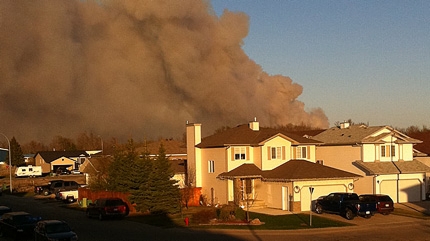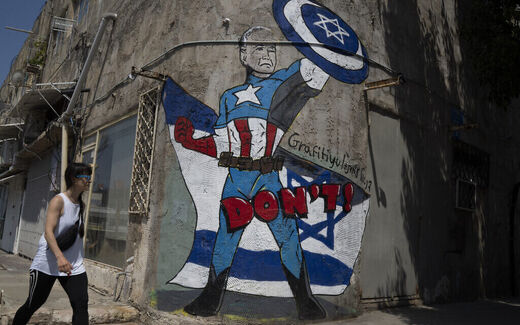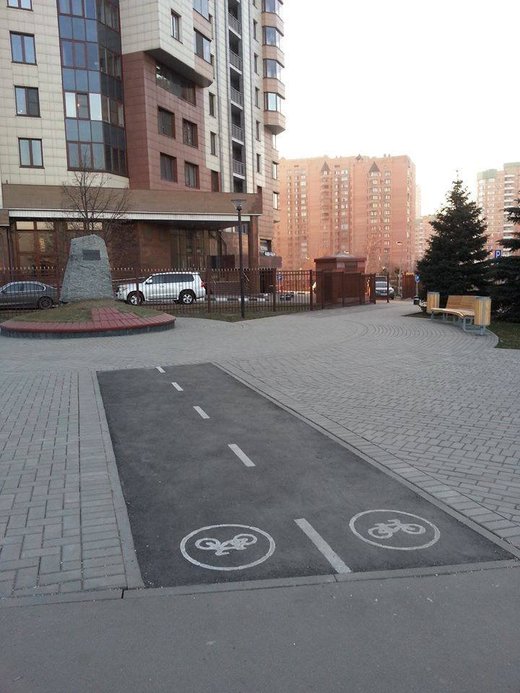
Close to 1,000 people have been forced from their homes since the fires broke out Saturday afternoon. Initially, about 260 people were evacuated from the Poplar Lane and Mitsue areas but Sunday afternoon, another 700 residents were ordered out of the area because of another fire burning southwest of the community.
Displaced residents are being sent to a Red Cross reception centre at Northern Lakes College. Two schools in the area are being set up as temporary shelters for evacuees.
The Town of Slave Lake has declared a state of emergency. The latest evacuation order affects residents in the Wagner, Widewater, Bayer Road, Sawridge Reserve West, Canyon Creek and Assineau areas.
The first fire broke out to the southwest of Slave Lake, at about noon on Saturday. Officials say the fire has since affected 900 hectares of land and is moving westward.
Fire crews are also working to bring a second blaze under control, to the east of Slave Lake in the Poplar Lane and Mitsue area. Winds upwards of 70 kilometres per hour have made it difficult for fire crews to control the situation.
Highway 2, both east and west of Slave Lake, is shut down to traffic. The highway west of the community is closed to allow for the evacuation of residents while the highway east of town is closed as smoke is causing poor visibility.
There are no reported injuries.
Slave Lake is located 250 kilometres north of Edmonton.
Fire conditions are "extreme" in Alberta, because of dry weather and high winds.
There are about 70 wildfires throughout the province, with the one near Slave Lake considered the worst.



Just having a look at the fire weather codes of this event suggests a couple of things. The problems with fires such as these coming out of winter are the cured fall grasses, and fine fuels without moisture uptake. With the lack of spring precipitation, high temperatures, low Relative Humidity (RH) and intense winds causing what is noted on this fire as an Initial Spread Index (ISI) designation of 32 of the Fire Weather Index (FWI) scale and is indeed a very bad situation. An ISI on the scale of 16+ is extreme. All and all a bad weather and fire behavior recipe should winds continue without rains or without overnight RH recovery, which at this point seems unlikely.
The Fine Fuel Moisture Code (FFMC) is listed as 92 which are also extreme on the scale; other values of the FWI are Moderate as would be typical with winter snow-melt making up the surface organic materials and layers and sub surface layers indicative of the listed Duff Moisture Codes (DMC) at 28 and a Drought Code (DC) at 168 representing larger fuels and deeper sub surface layers. On this fire the Head Fire Intensity (HFI) is 6 which is the top of the extreme list to control. Fuels reactive of this type have been noted recently on a Sott articles from Montana ( [Link]) related to mountain pine beetle infestations with volatile strange fire behavior not seen before.
People are often lulled by what they think is a wet safe post winter snow melt relationship when in fact the moisture is not a good wetting agent and evaporates or is taken up by the soils, not the fuel.
In BC this spring the winds have been intense in some places but the snow in the mountains seems a good month behind melt and there has been rains. If the trend continues it might be likely that some snow will not leave this year and will build. In the North however, without the mountains, if things heat up with all the millions of acres/ha of standing dead pine beetle infested trees and a few electrical storms initiators, things could get pretty intense. In 1902 Europeans joked that you don't want to go to BC because its all smoke, its burning up.